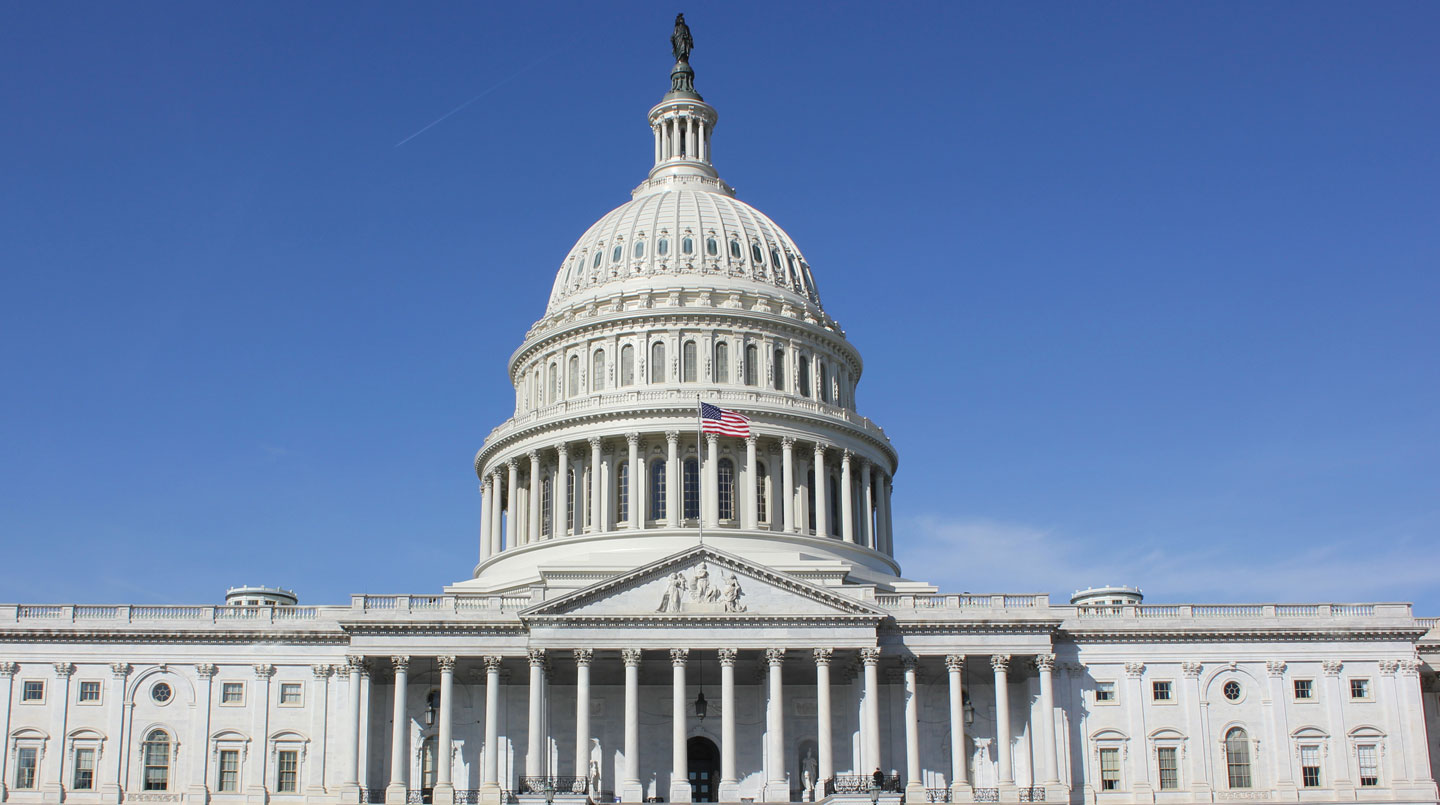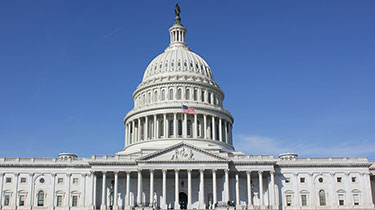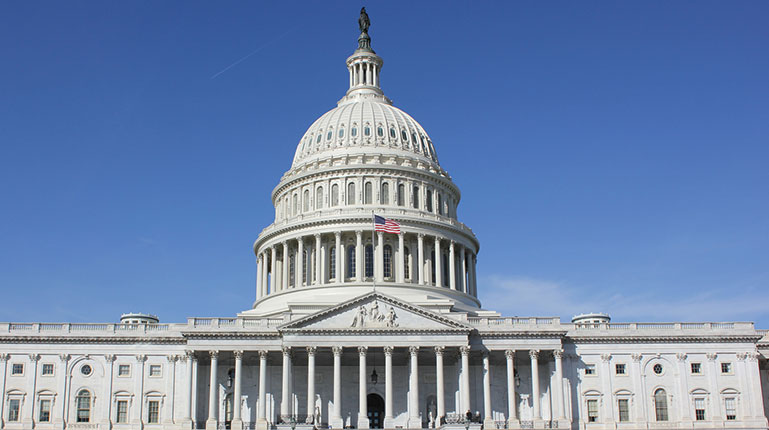You’re a representative from Pennsylvania. Like all 535 members of the U.S. Congress, you work in Washington, D.C. Congress has two chambers, the Senate and the House of Representatives (which you belong to). Both meet in the U.S. Capitol. Together, they form the legislative branch of the government.
Common Core: RH.6-8.1, RH.6-8.2, RH.6-8.3, RH.6-8.4, RH.6-8.5, WHST.6-8.2, WHST.6-8.9, RI.6-8.1, RI.6-8.3, RI.6-8.5, RI.6-8.7, RI.6-8.10, SL.6-8.1, SL.6-8.2
NCSS: Individuals, Groups, and Institutions • Power, Authority, and Governance • Civic Ideals and Practices



